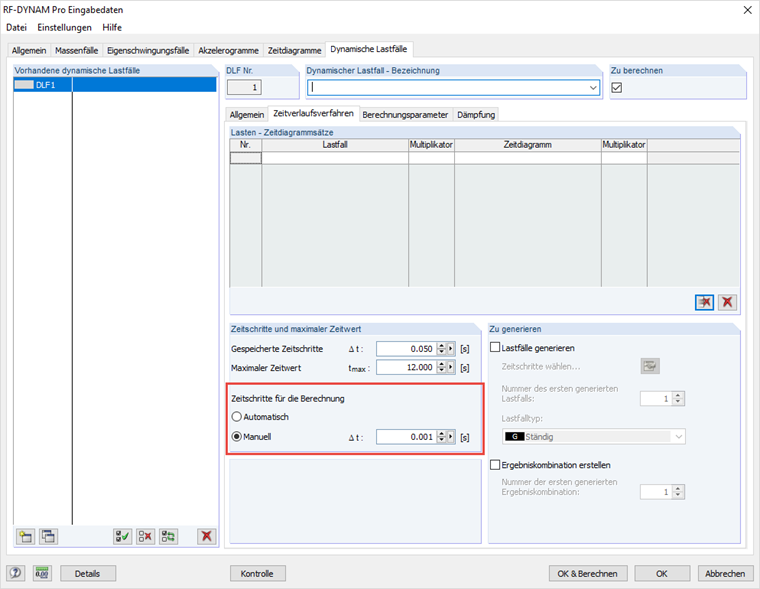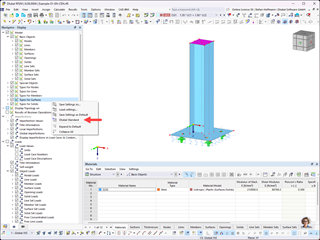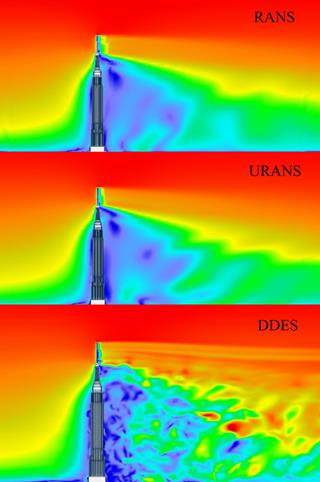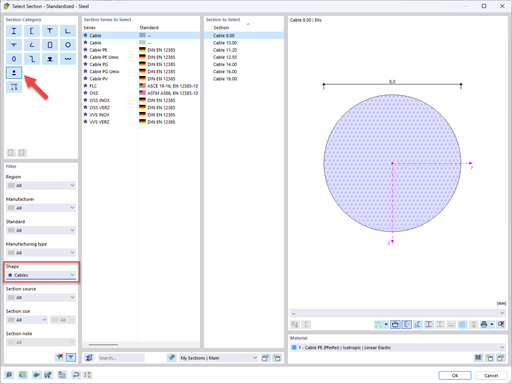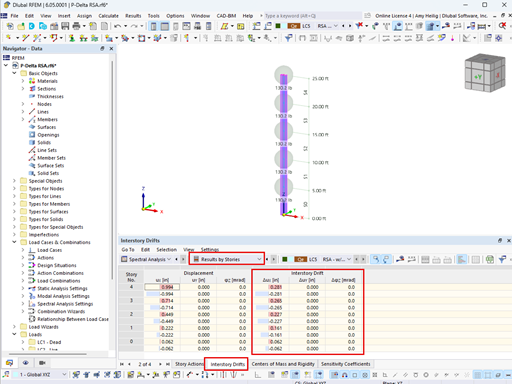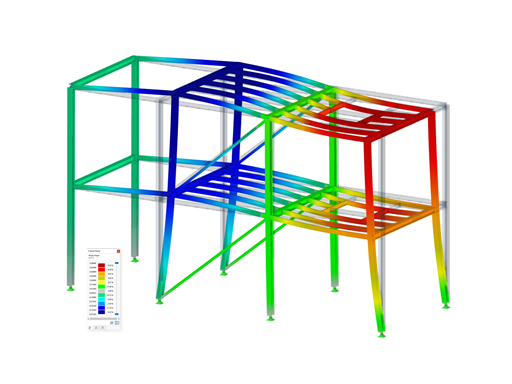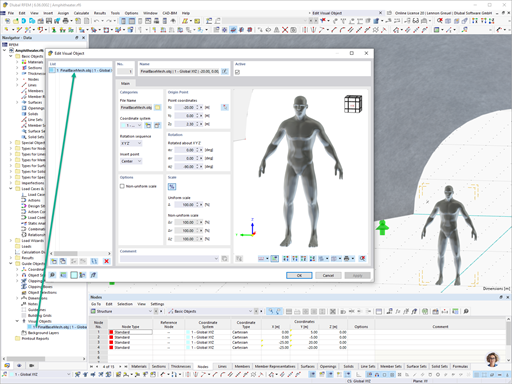There are two options available: an automatic time step selection and a manual one. For a structure with nonlinearities in particular, we always recommend selecting the time step manually, because automatic determination is only carried out on the basis of the defined accelerograms or time diagrams. For this, it is necessary to perform a time step convergence study, which considers the calculation time in relation to the accuracy.
The time step to be selected depends on many factors, such as the excitation frequency, the frequency and size of the structure, and the degree of nonlinearities. Therefore, it is not possible to make a general statement about the size of the time step.
To achieve sufficient accuracy, the governing period T = 1/f should be divided into approximately 20 steps; that is, the time step Δt should be selected as follows:
$\mathrm{Δt}\;<\frac{\mathrm T}{20}\;=\;\frac1{20\mathrm f}\;=\;\frac{\mathrm\pi}{10\mathrm\omega\;}$
For transiently defined excitations, such as accelerograms or time diagrams in tables, the shortest time period should be divided into 7 steps:
$\mathrm{Δt}\;=\;\frac{\mathrm{Min}\left\{{\mathrm t}_{\mathrm i+1}\right.-\;{\mathrm t}_{\mathrm i}\}\;}7$
Regardless of the calculation, the time steps are entered for saving the results.
